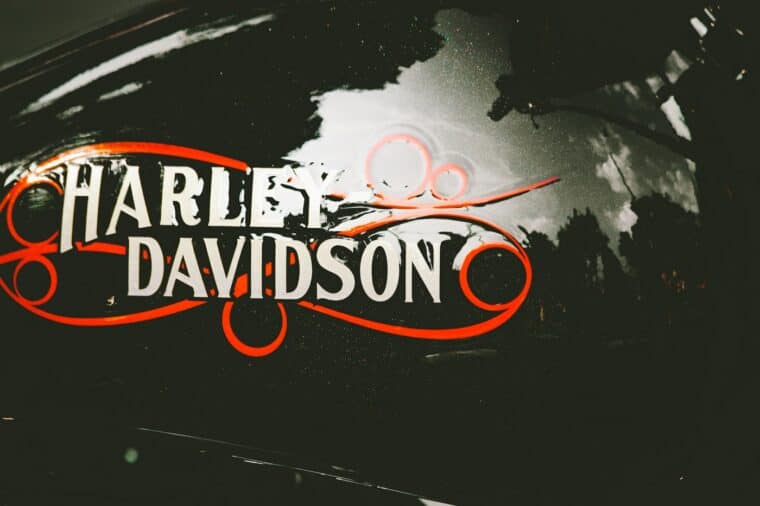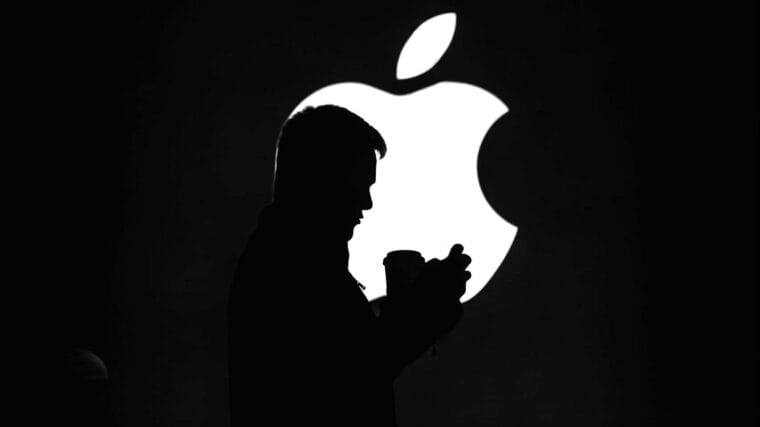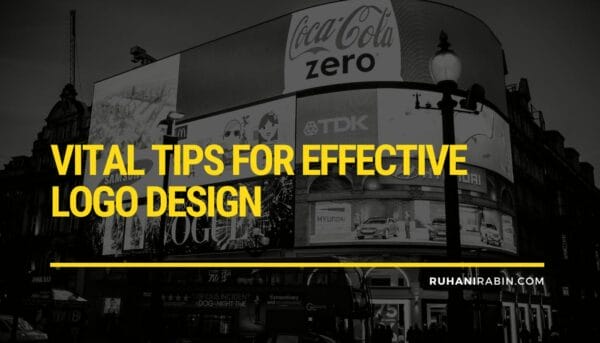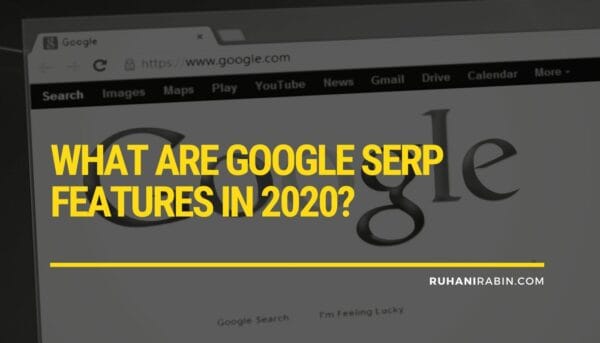Branding is an essential component of a successful business. That means developing a striking look that is immediately recognizable to consumers, and at the very core of this is an effective logo. Just how vital is a logo? Amongst the most powerful images from popular culture over the last century or so you will find logos; Coca Cola, Walt Disney, Mercedes, Nike, to name but a few. These are etched across billboards, t-shirts, TV screens, and the internet, but most importantly, etched into our consciousness. Just seeing an iconic logo triggers a response that brings a brand to life in our imagination. This is what a great logo can do, and in this article, we’ll be looking at a few tips to create an effective design for your logo.
Why is a great logo important?
A great logo does many things – it is a form of direct and immediate contact, at a moment’s glance, with consumers everywhere. An effective logo will foster brand loyalty – it has been proven that consumers will react positively, trusting and respecting brands with familiar logos.
A company that offers a complicated technical service or an abstract commodity will benefit from a great logo because it means they don’t have to explain the intricacies of their business – the consumer on the street can understand the logo.
Ultimately, this combination of brand recognition, trust and understanding will lead to increased sales.
What makes a great logo?
There are no hard and fast rules when it comes to designing a logo, but drawing inspiration from some iconic examples is a good place to pick up some pointers. Most successful logos have a concept – some inbuilt part of the design or lettering that tells a little part of the brand story.
Many logos contain the name of the company or at least a recognizable set of easily attributable initials. When designing think about iconography – for example, the McDonald’s logo is known as ‘The Golden Arches’.
Try to avoid a design that will easily date – the best logos are timeless.
Fonts
Most logos feature the company’s name somewhere in the design. Notable exceptions to this are Apple and McDonald’s, and some bigger brands are able to advertise without displaying the company name – Nike or Pepsi, for example.
However, as a general rule, logo designers will want to use the company name effectively. This means choosing a font, which isn’t as simple as it sounds. There are literally millions of fonts out there to sift through, and most will not be appropriate.

Luckily there are resources that highlight great fonts, some of which are free to use, and any good designer will have plenty to choose from. When you’re choosing a font; it is important to think about your target demographic, age, what makes them tick. Try to avoid fads, and keep it timeless whether you go for a classic hand-drawn script, a sleek, modern stencil style or a beautiful ornamental font.
Simplicity
The essence of a great logo is its simplicity. The temptation may be to cram in as much information about your brand as possible or attempt to spell things out with visual pointers about your products. Save that for your marketing campaigns, and keep the logo design simple.
Above all else, the key to a successful logo is memorability. Simple, well-designed logos such as Levis, Bacardi or Marlboro don’t set out to explain the products they represent, and yet they are burned into our collective consciousness. This is the ultimate aim when designing a logo.
You can design simple logos using LogoMaker (Affiliate Link).
Adaptability

Take a look at a promotional campaign for a big brand and you’ll notice that the use of the company logo is often adapted, made larger or smaller, or more or less detailed depending on the marketing channel. It’s crucial to take this into account and to make sure that you produce different incarnations of your logo, tailored for a variety of situations.
The key when adapting your logo is consistency – the audience still need to be immediately aware which brand they are seeing, even if not all the elements are displayed (again, think of the Nike or McDonald’s logo, neither of which use the company name in many of their appearances).
Work closely with your designer for confidence that your logo will be effective wherever it is seen.
Appropriate logos for demographics
A logo needs to speak to its audience, and that means focusing on whom that audience is and determining a mutual language and identity. For example, a brand such as Toys R Us employs a font, color scheme, and energy that appeals to children. It is fun, brightly colored and full of energy.

Disney evokes a sense of wonder in both children and adults alike via its opulent stylized signature and castle silhouette. MTV is a great example of a logo that is extremely adaptable and has been effectively used for kids, teenagers and young adults through subtle changes in line and color. A question to ask when making a logo appropriate for an age group or demographic is: How much information does the consumer need?
Younger people may need a clearer signifier of what the company actually does, whereas adults will be more able to attribute a brand, and its products and ethos, to an abstract symbol.
Choosing a designer
It’s worth doing some research before choosing a designer to work with. Finding someone with a proven track record of logo design, a strong portfolio, and a clear, dynamic visual language, who is willing to work closely and communicate well with you, is essential.
A willingness on their part to ask questions and sound out the brief thoroughly is a major plus point. This means the designer is interested in digging deeper to help form a cohesive and effective concept for the logo. Pricing, of course, will vary. It can be an expensive business, but when it comes down to it, a strong, memorable logo is designed to last forever.
Logos have become icons – not only extremely effective branding tools but a striking part of our landscape. Classic logos seem to transcend time and help cement their brands into our collective consciousness.
Image credits: Pexel, Wikimedia Commons




